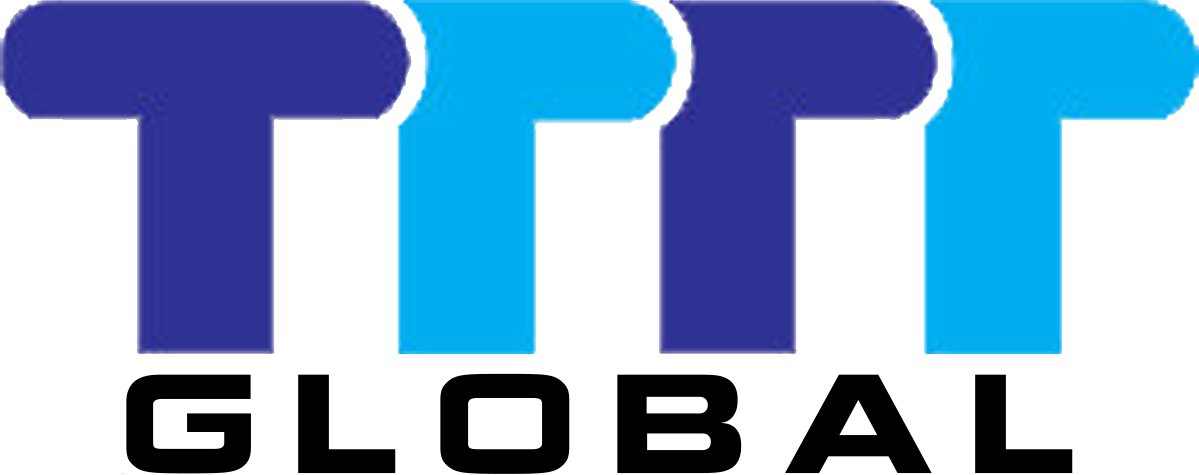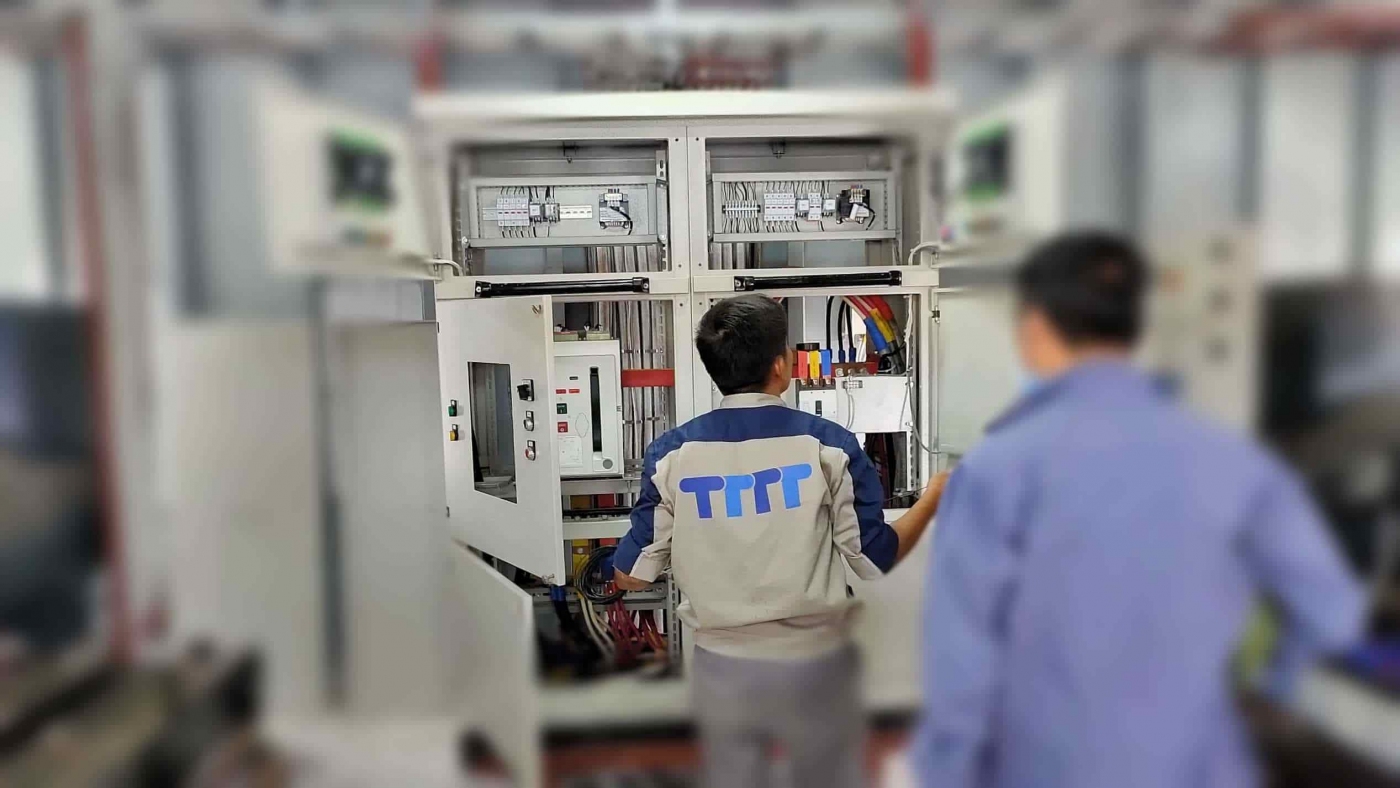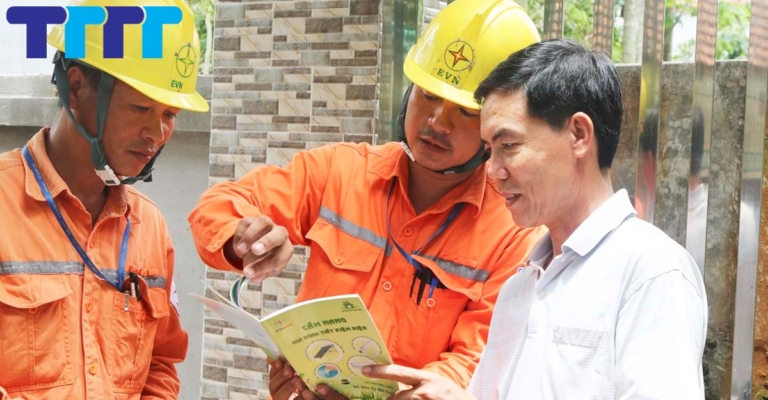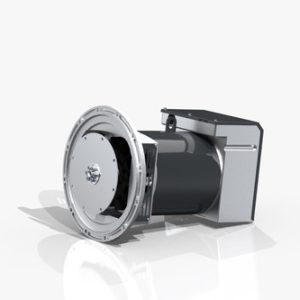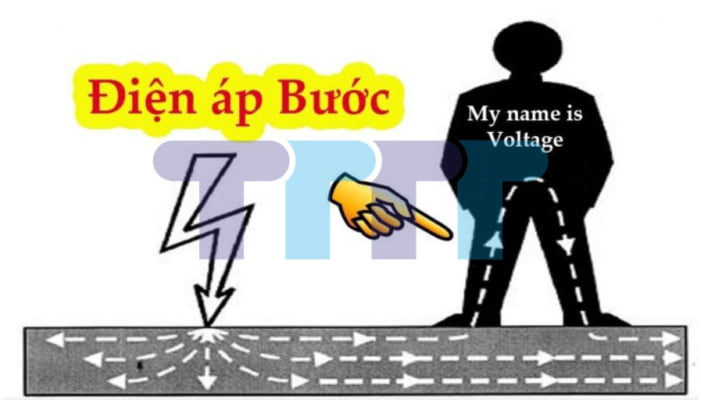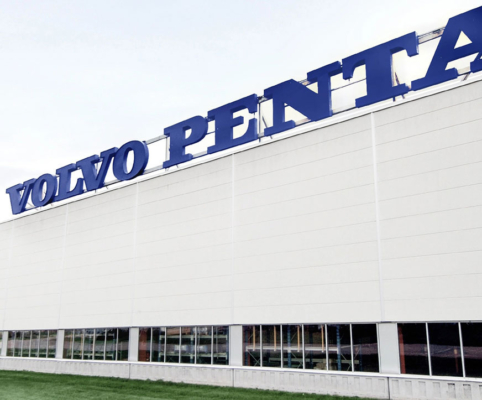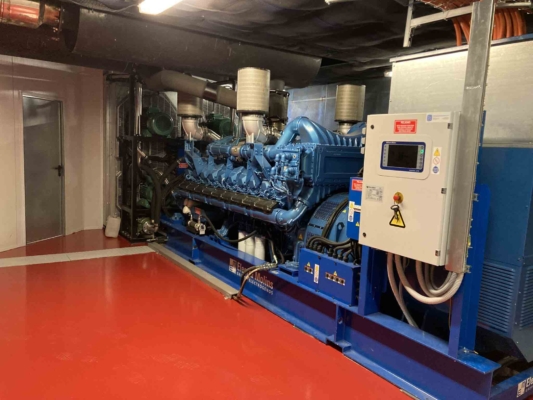What is wind power? This is a source of renewable energy produced from wind. It uses rotor to move and generate electricity, through generators. This is a very fast development technology in recent years and is considered an effective means in reducing air pollution and environmental destruction.
You may be interested in the following articles:
- Is Hydroelectricity renewable energy?
- What do girls do after studying electronics and telecommunications?
Contents
Principle of operation and history of wind power
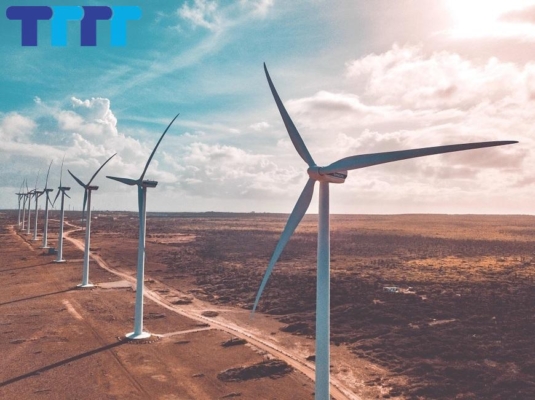
What is wind power? Wind power is becoming an alternative for traditional energy sources such as coal, oil and gas. With the increase in pollution and lack of traditional energy sources, wind power is becoming a sustainable and highly economic development option.
Operation principle
Wind power operates based on the simple principle of wind. When the wind blows into the rotor, it will create a twisting force and rotate the rotor. These blades are connected to the engine shaft and create an electric output.
To be able to produce electricity from the wind, the rotors must be placed in a suitable location to receive the wind. This may be by placing them on high towers or placing at sea with deep piles to the bottom of the sea.
Development history of wind power
Wind technology has existed for centuries ago, when people use machines to pump water or grind rice. However, until the 1970s, when traditional energy resources gradually exhausted, the wind power became a feasible option to produce electricity.
In 1979, Denmark built a first large winding farm with 20 blades. Since then, many countries around the world have begun to pay attention and invest in this technology. By 2007, China has become the largest wind power producer in the world.
See more: Cheap 1500KVA alternator.
Advantages and disadvantages of wind power
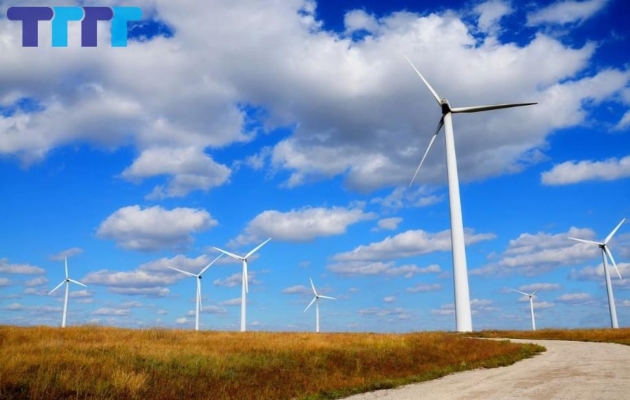
Advantages of wind power
Minimize environmental pollution
Wind power is a clean source of energy and does not cause toxic emissions or environmental pollution. Compared to traditional energy sources, the wind power has less negative impacts on the air, water and soil.
High reliability and longevity
Wind power production machines have a long life and the ability to operate continuously for many years. This helps reduce maintenance and repair costs for power factories.
Low production and operation costs
Compared to traditional energy sources, production costs and operation of wind power plants are much lower. This helps reduce electricity costs and reduce pressure on traditional resources.
Does not affect the water source
In the process of electricity production, wind power plants do not need to use water, reducing the impact on this rare resource. This is very important in the context of serious water shortage around the world.
Disadvantages of wind power
Opposition of the community
Although the wind power is considered a clean and sustainable source of energy, many communities have opposed opinions when wind power plants are built near their home. Concerns are mainly related to the risk of the landscape and affect human health due to noise and vibration from the wind power plant.
Depending on the weather conditions
Wind power can only produce electricity when there is wind. Therefore, it may not guarantee continuous power supply. When there is no wind or wind is too weak, wind power plants will not be able to produce enough electricity to provide power consumption activities.
Impact on animals
The construction of wind power facilities, especially in the sea, can affect animals in the area, especially birds flying through it. Many birds can be collided with the rotor and lethal or impair their quantity.
Types of wind power
There are many ways to classify the types of wind power, depending on the location of the power plant, the style of the rotor, or the production technology. Here are some common types of wind power:
Onshore Wind Farm (Onshore Wind Farm)
This type of wind power is built on the mainland, usually on hills or lands with strong winds. This is the most popular type of wind power and accounts for a large proportion in wind power production in the world.
Offshore Wind Farm (Offshore Wind Farm)
This type of wind power is built on the sea, with blades placed on deep piles to the bottom of the sea. This type often has stronger winds and gives higher production efficiency than the mainland wind power plant. However, production and maintenance costs are also significantly higher.
Grid-connected Windd Farm
This type of wind power is connected to the national grid to provide electricity for power consumption activities. These factories are usually large -scale and have the ability to produce electricity continuously for many years.
Wind electrical production technology
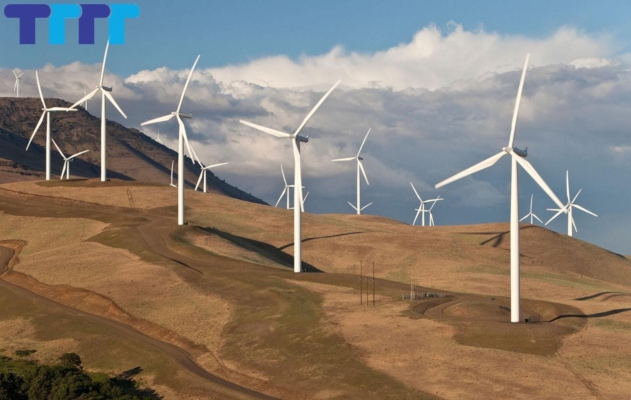
Wind electrical production technology includes the following main components:
Blade System (Blade System)
The propeller system is designed to catch the wind and create twisting force to rotate the engine. The propellers are made of light and durable materials such as fiberglass, carbon fiber or aluminum, to be able to rotate in the wind.
Engine (generator)
The engine is the main part of the wind power plant, which is responsible for converting dynamic energy into electricity. When the rotor rotates, the engine will operate and create electricity.
Transmission System (Transmission System)
The transmission is responsible for converting the rotation speed of the rotor into the appropriate speed to operate the engine. It also helps adjust and maintain important parameters in the process of electricity production.
Converter (converter)
The converter is responsible for converting the power from the engine into electricity to the power consumption.
See more: Genuine wind alternator.
Company name:
TTTT GLOBAL co Ltd,.
- Address: Landmark 4 Building, Vinhomes Central Park, 720A Dien Bien Phu Str, Ward 22, Binh Thanh District, Ho Chi Minh City, Vietnam.
- Website: https://ttttglobal.com/en/
- Hotline: +84286 2728 334
- Email: Info@ttttglobal.com
